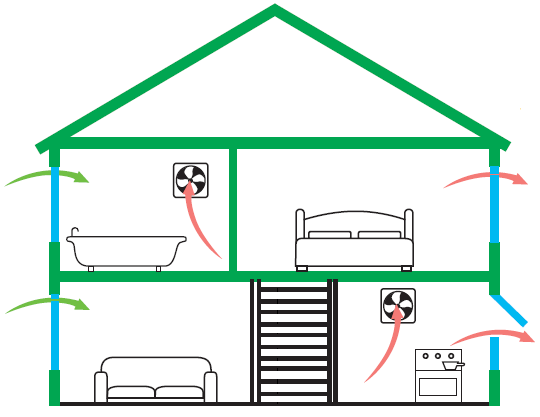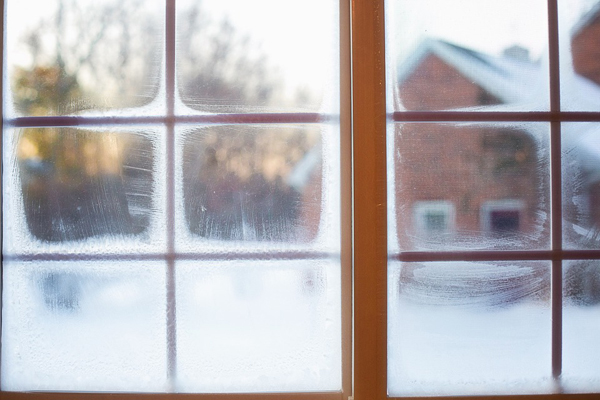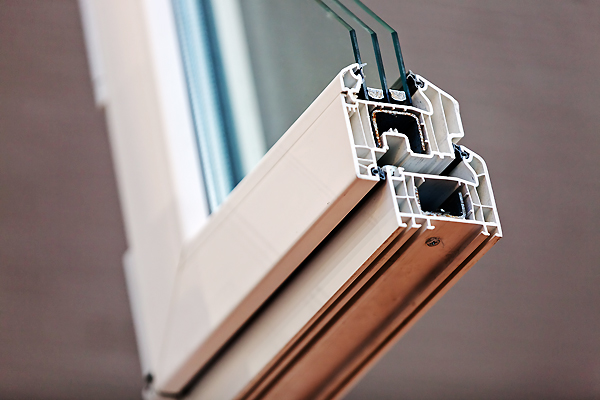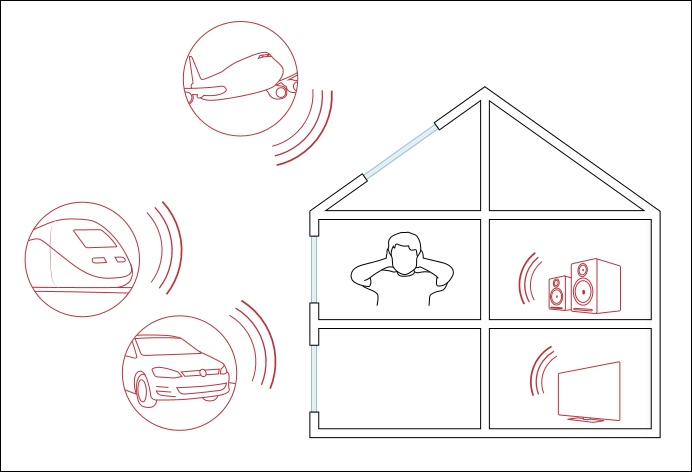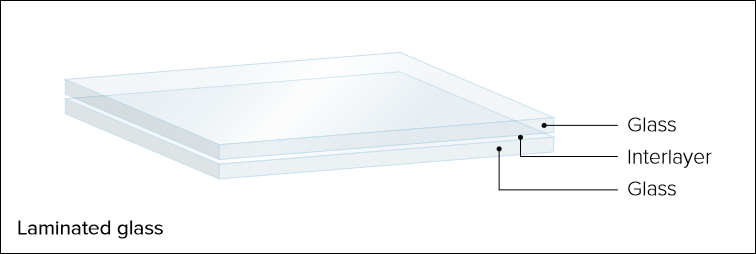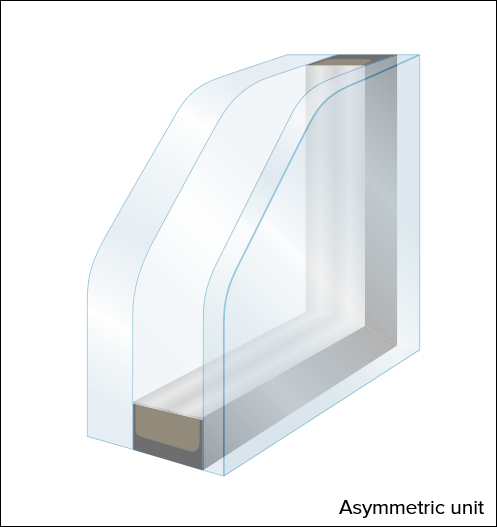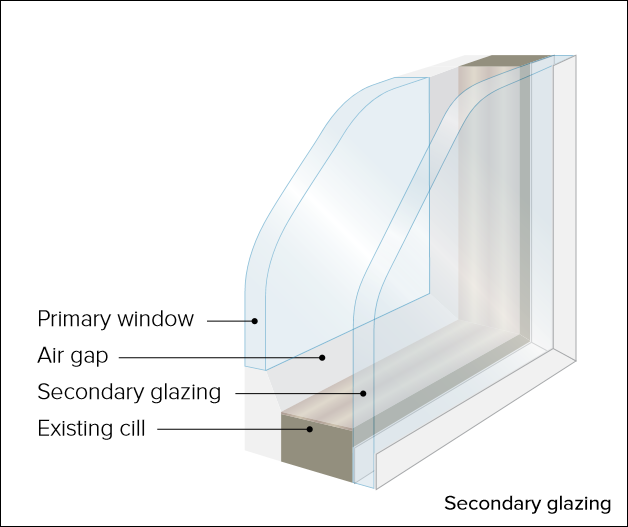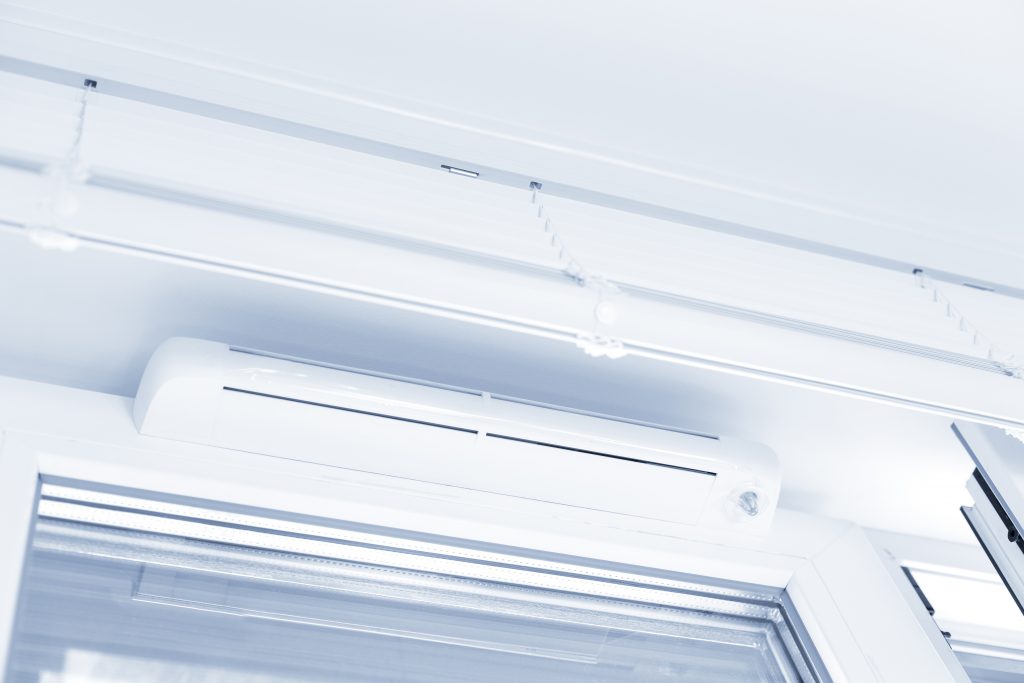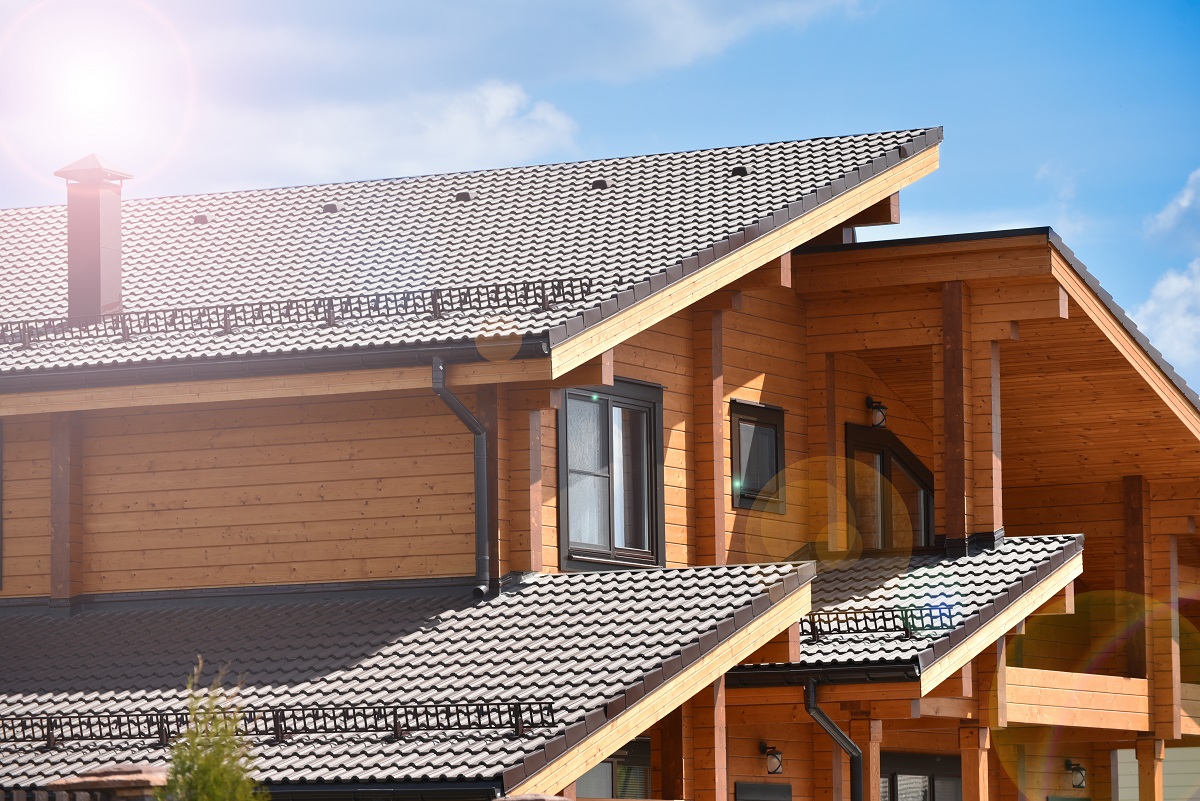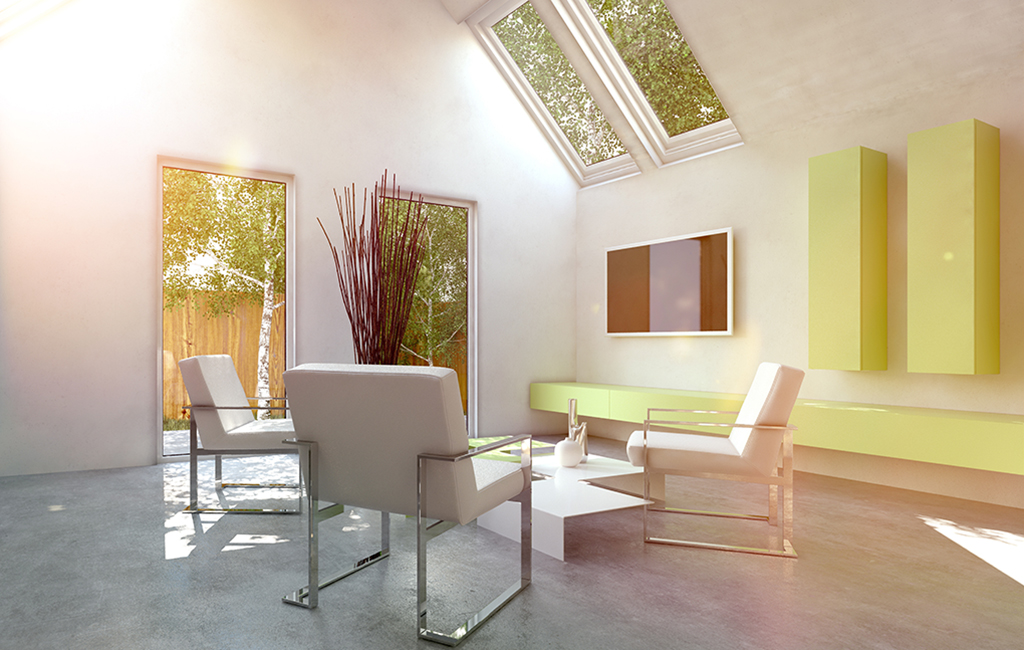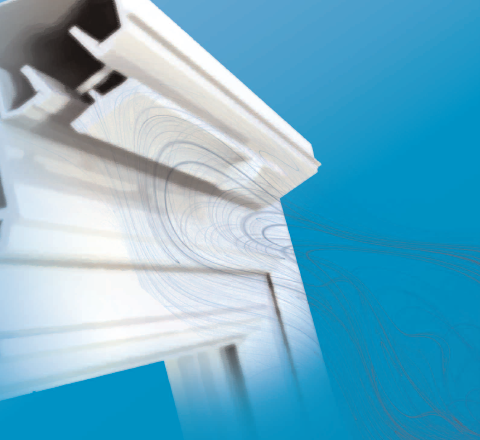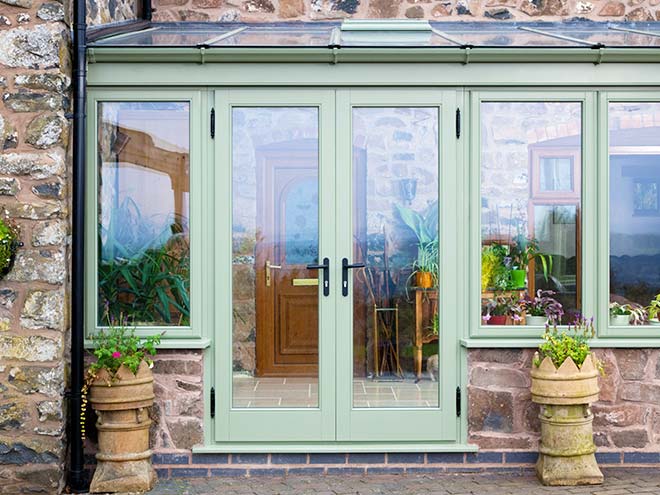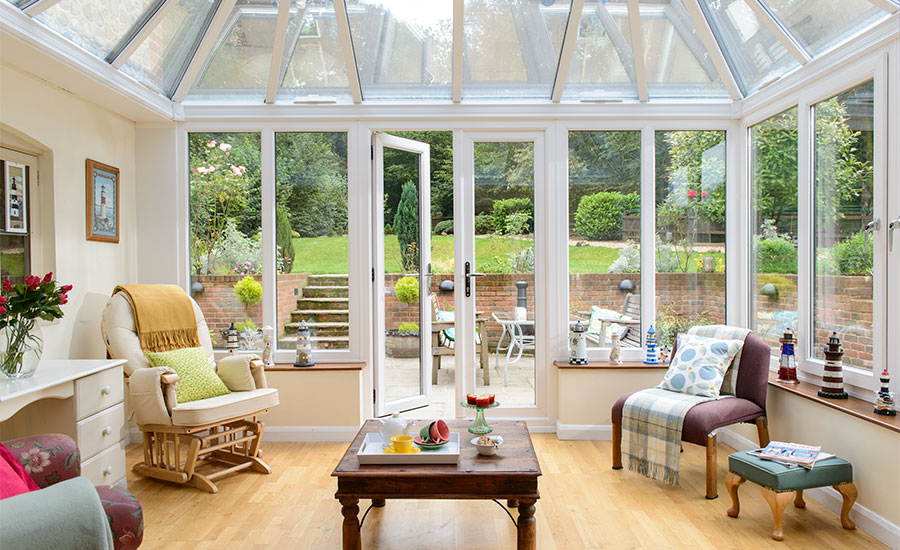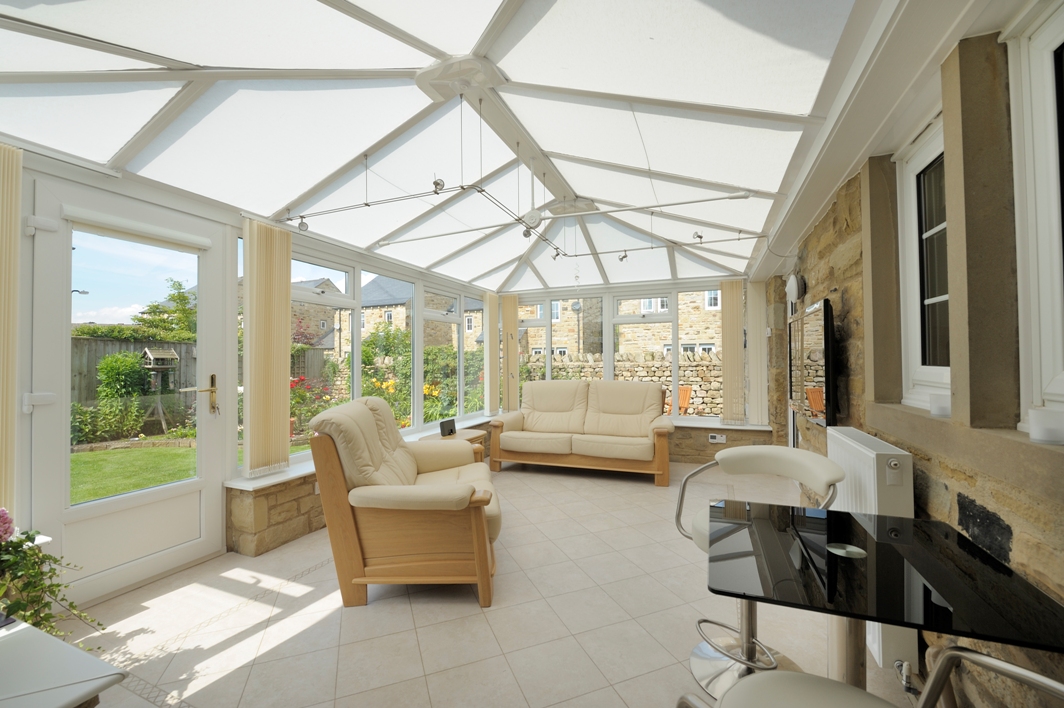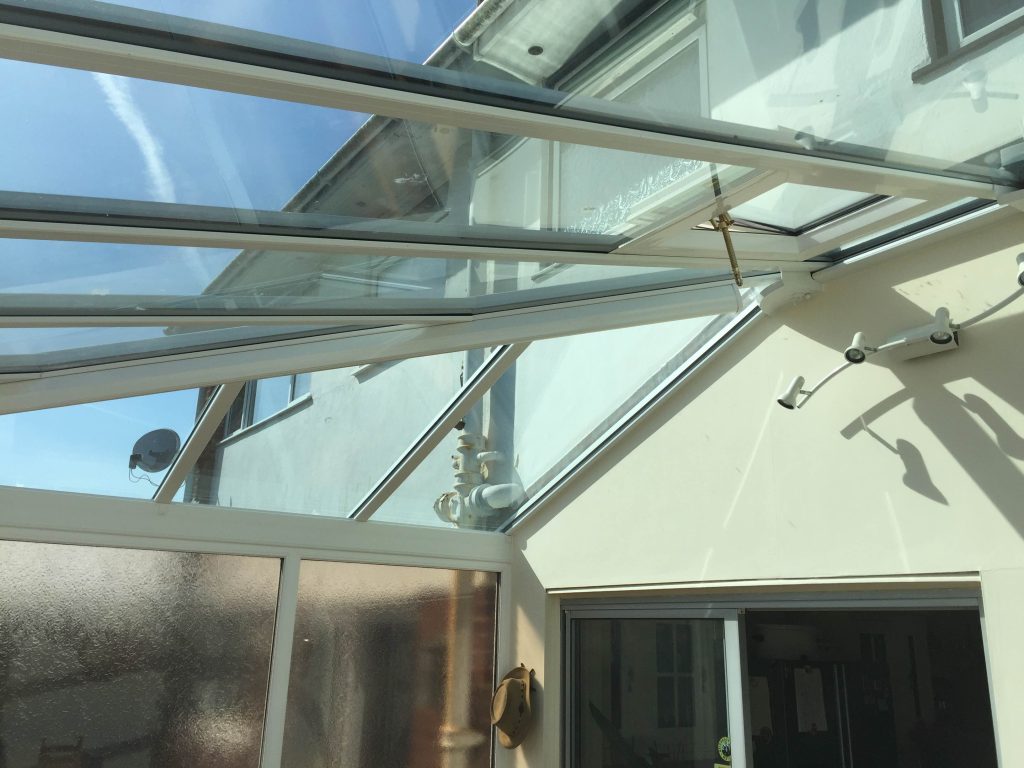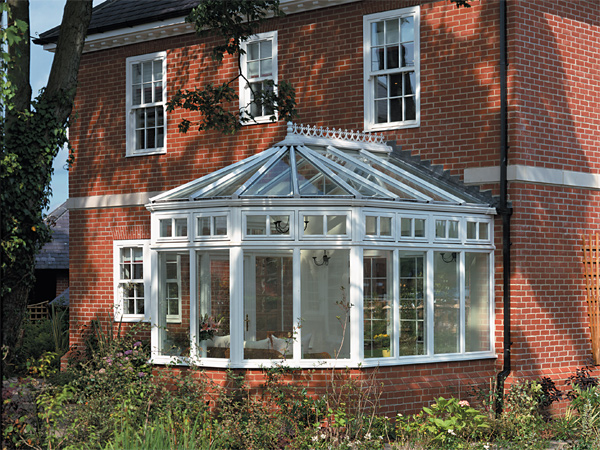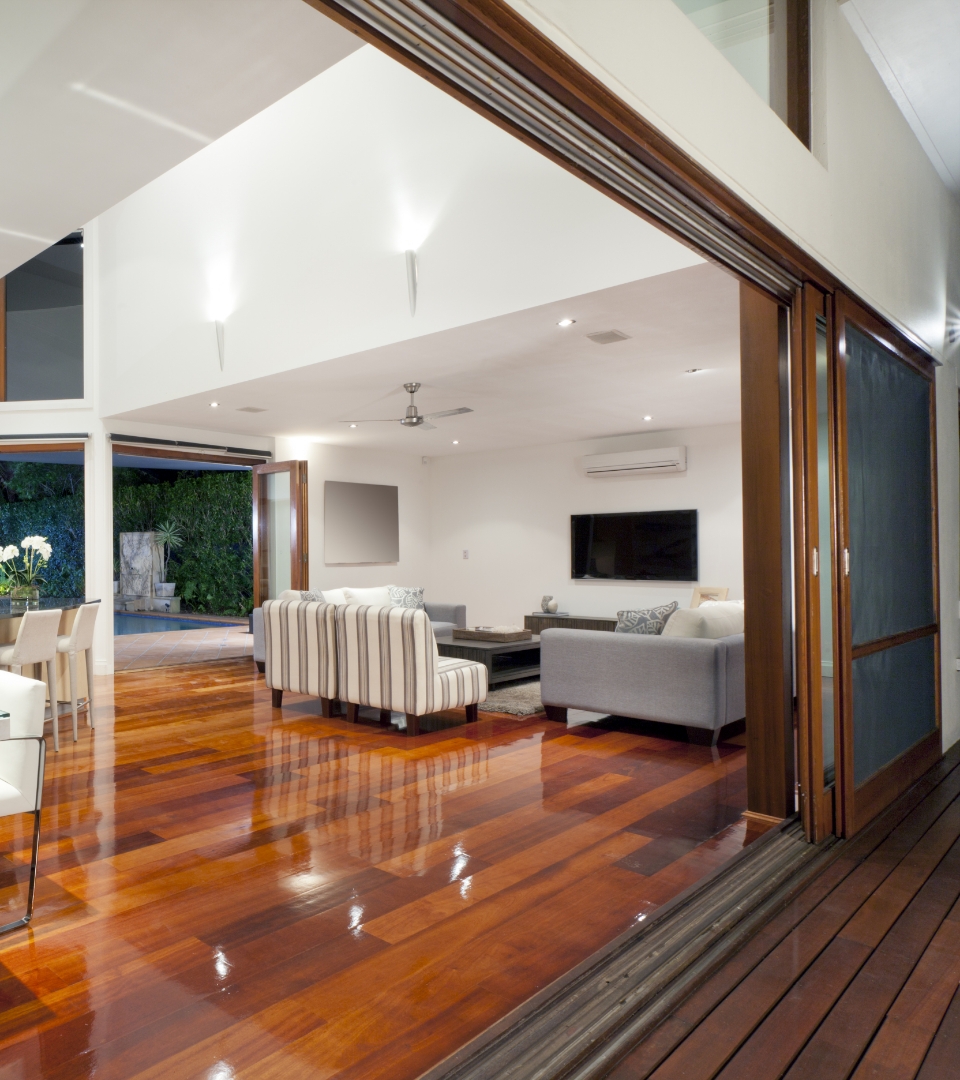Need to replace windows in your home? It’s important to consider your property’s ventilation requirements when selecting new windows.
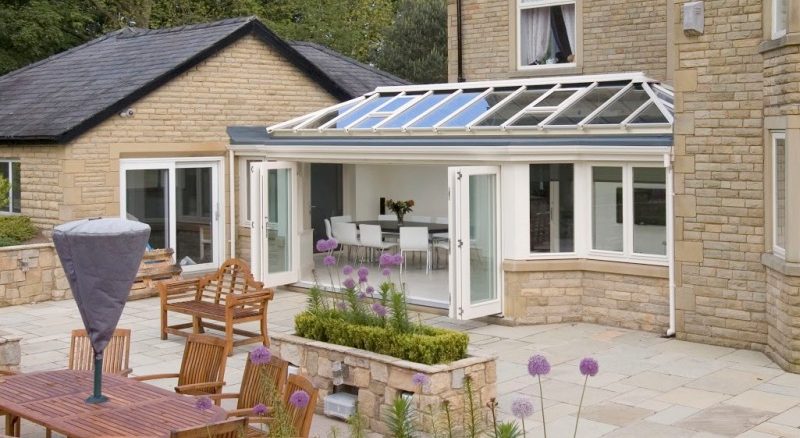
Modern replacement windows are built to ever increasing standards of performance – providing the homeowner with increasing levels of thermal insulation and almost eliminating draughts.
However, every house into which these products may be fitted is different and ventilation of the building is an important feature of performance that should be considered when choosing replacement windows.
Your home needs to breathe
When the windows or doors in a home are replaced, Building Regulations require that the levels of ventilation throughout the home not be made worse. This applies to both background and purge (rapid) ventilation.
If trickle ventilators are not fitted in the existing windows or there is no other means of background ventilation, it is good practice to review the ventilation requirements of your home when you are considering replacement windows.
Ways to ventilate your home
Ventilation opportunities which exist to ventilate your home include:
- Trickle ventilators fitted in the window frame
- Stack ventilation
- Bespoke ventilation systems
- Wall mounted ventilators
- Heat recovery fan units
- Night vent locking systems
Trickle ventilators and night vent locking systems are the easier methods for providing ventilation when replacing windows.
Where security is an issue or draughts will be a problem night vent locking systems are not recommended.
Benefits of adequate home ventilation
The advantages of properly ventilating your home include:
- Fresh air can enter your property and stale air can escape keeping the indoor atmosphere healthier.
- Potentially harmful airborne pollutants such as emissions from cleaning products, flooring and furnishings can escape from your home.
- Odours and water vapour from cooking, washing, and bathing can be reduced.
- There is likely to be a reduction in condensation and mould, which could reduce damage to your décor and reduce potential health problems for asthma and allergy sufferers.
- Some ventilation systems can be left open to allow ventilation at night or while you are away from home
Controllable ventilation
Some ventilation systems are designed to be controllable, and these have the following additional advantages:
- You can decide how much, or how little, air flow you need. Controls should be accessible and, if required, there are several remote control options available – ask your installer for details.
- If you live in a noisier location, near a busy road, airport or industrial site, trickle ventilators allow you to ventilate your home without opening the windows, this can make a reduction on the impact of noise.
- If you already have a problem with condensation in colder weather, or the air in any rooms, particularly bedrooms, does not seem as fresh as you would like – fitting new windows without suitable ventilation may make the problem worse.
A healthier home
Good ventilation in the home can ensure that the air is kept fresh inside your home, giving a healthy living environment, which is particularly important for the very young, the elderly or the infirm.
This can be most easily achieved simply by opening your windows for a short period of time.

 Emergency Glaziers
Emergency Glaziers GGF Shop
GGF Shop MyGlazing.com
MyGlazing.com Find a GGF Member
Find a GGF Member